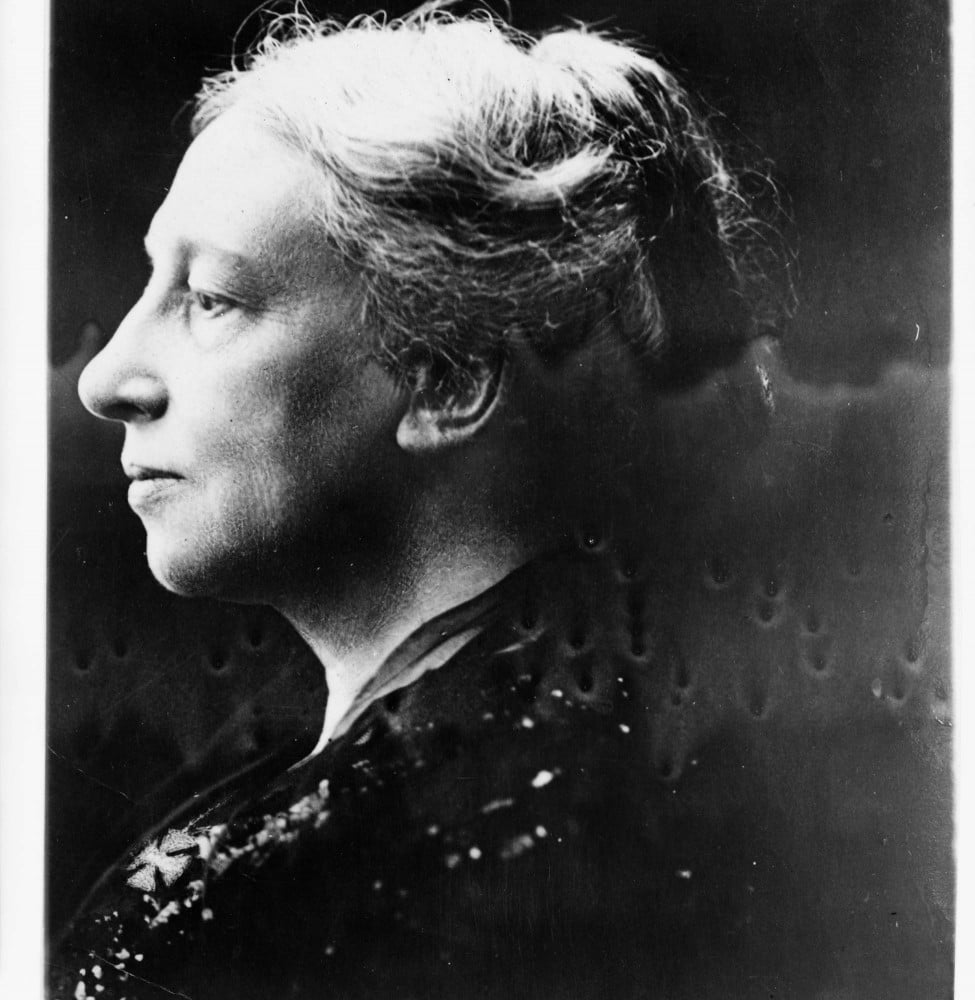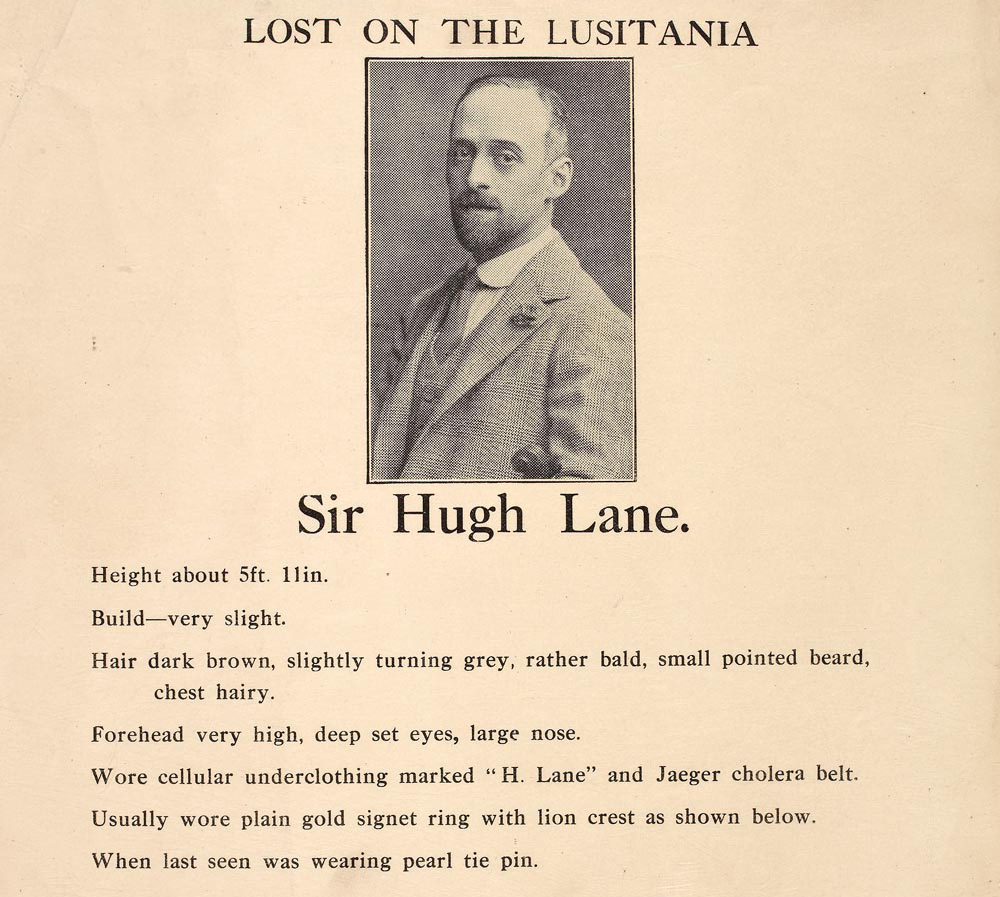Controversy over Sir Hugh Lane’s will
Letter from Lady Gregory sets out plan for donation to Dublin Gallery
Dublin, 4 October 1915 - A controversial amendment to the will of Sir Hugh Lane has been discovered which throws the future of his considerable art collection into doubt.
A codicil to Sir Hugh's will has been found at the National Gallery in Dublin, where he was director. It reads: ‘The group of pictures now at the National Gallery (London), which I had bequeathed to that institution, I now bequeath to the City of Dublin, providing that a suitable building is provided for them within five years of my death.’
The paintings include masterpieces by Manet and Renoir.
The codicil continued: ‘The group of pictures I have lent to Belfast I give to the Modern Gallery in Harcourt Street. If a building is provided within five years, the whole collection will be housed together.’
‘I also wish that the pictures now on loan at this (National Gallery of Ireland) Gallery remain as my gift. The sole trustee in this question is to be my aunt, Lady Gregory.’
GREGORY

Lady Augusta Gregory, Sir Hugh Lane's aunt, who has been named the sole trustee of Lane's donation to the National Gallery (Image: Library of Congress Prints and Photographs Division Washington, D.C. 20540 USA)
Commenting on the news that the codicil had been discovered Lady Gregory said: ‘I am glad to believe there is good hope that, through a friendly arrangement between all concerned, the provisions of the codicil may be carried out, and that the testator’s wish of making Dublin one of the most important art centres of Europe fulfilled.’
Lady Gregory did add of the codicil, however, that it is signed and in his own writing, but is not witnessed with the effect that ‘in this country, as in England, it is not valid’.
Sir Hugh Lane was travelling from New York to Liverpool on the Lusitania when it was torpedoed by a German submarine off the Irish coast near Kinsale.
[Editor's note: This is an article from Century Ireland, a fortnightly online newspaper, written from the perspective of a journalist 100 years ago, based on news reports of the time.]





















